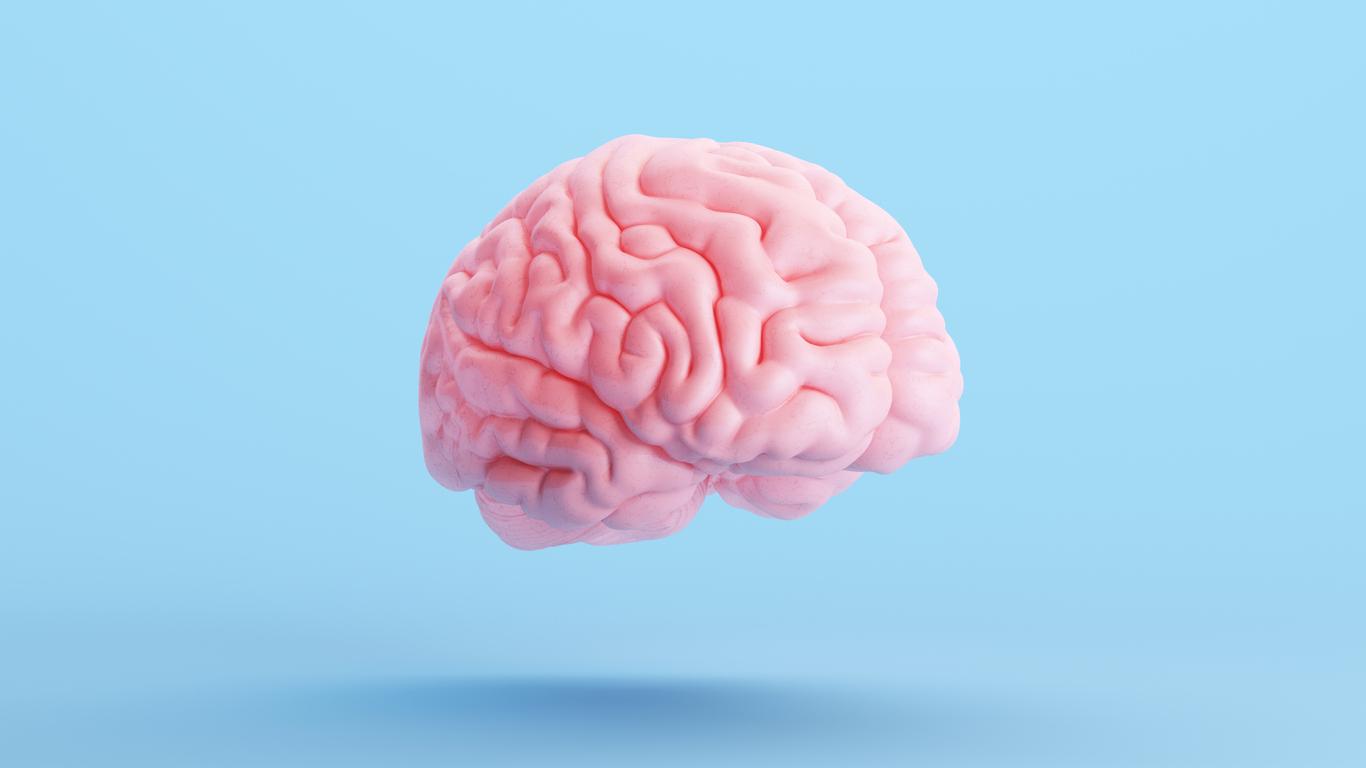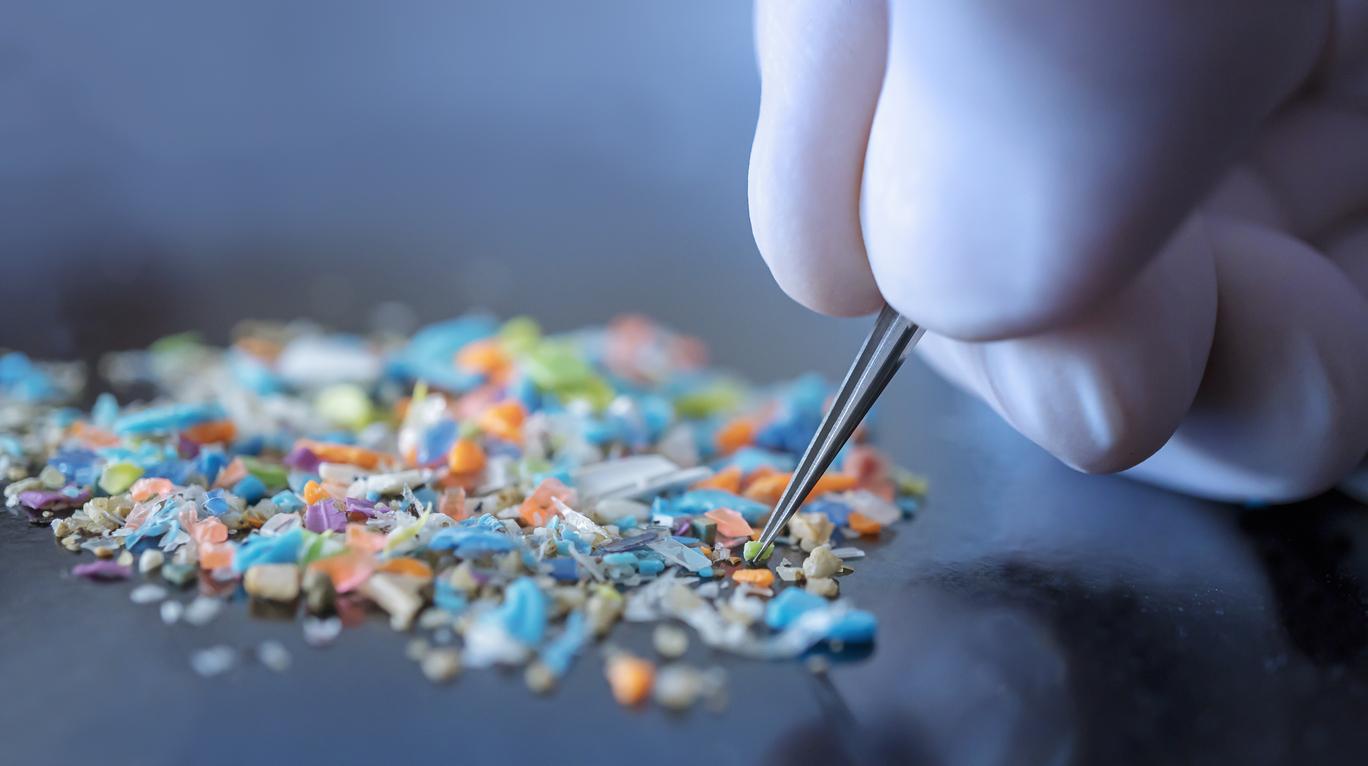
Interview with a plastic surgeon
When he tells women of a certain age at a party that he is a plastic surgeon, he often sees them startled. As if he only has eyes for loose skin, fat lobes or overhanging eyelids. “I’m not concerned with that at all,” says Paul Werker. “The negative image of plastic surgeons — pickpockets who make money from people’s outward insecurity — is incredibly persistent. In the more than thirty years that I have been doing this profession, little has changed in that regard.”
How is that possible?
“Presumably because the cosmetic part of the work is the most visible. Literally, because you improve something about the appearance. But it is also mainly about this in the media. Unjustly, because the aesthetic is only one aspect of what we do. Furthermore, people often lump the terms cosmetic and plastic surgery together.”
What is the difference?
“Plastic surgeons perform four types of surgery: reconstructive, where we repair mutilated or lost body parts; plastic, for example, correcting a cleft lip; aesthetic, such as getting rid of scar tissue; and hand surgery. Cosmetic surgery is solely about beautifying the body.”
Which surgeries are most common in people over 50?
“Eyelid corrections. These are sometimes performed purely ‘for the sake of beauty’, but are often also functional, if someone sees less because the eyelid is hanging in front of the pupil. And hand surgery in Dupuytren’s disease, also known as “coachman’s hands.” Not many people know it, but one in five people over the age of 50 has to deal with it. We do a lot of research at the UMCG.”
What are Dupuytren’s complaints?
“In this condition, the connective tissue in the palms grows together, creating stiff strands and hard, sometimes painful lumps. In about four percent of patients, the palms of one or more fingers warp over time. They can no longer stretch it properly.”
Is there anything you can do yourself to prevent this?
“New. Exercises, massages, greasing with oil or ointment: it all does nothing. And there is no cure for it either. The only solution is surgery to straighten the fingers and palm. The most commonly used procedure is the surgical removal of connective tissue. Unfortunately, this often has to be done several times, because in many patients the complaints return in the long run. There is also a less invasive approach, where we cut the connective tissue with a needle. You recover much faster from that. But by no means all plastic surgeons do such a needle fasciotomy, as it is officially called. Therefore, be well informed about the options before agreeing to a treatment.”
What do you enjoy doing most yourself?
“Microsurgery. It is immensely satisfying to be able to put someone’s fingers back on after a sawing accident, or to be able to make someone with facial paralysis smile again. I work with all kinds of specialisms. Plastic surgeons in academic hospitals such as the UMCG spend about half of their time cooperating with others. For example with a trauma surgeon. In the case of a traffic victim with a large wound and a broken lower leg, we ensure good coverage of the fracture. We are also often used for cancer operations.”
What can you do during cancer surgery?
“In the case of cancer, it is of course important in the first instance to remove the tumor as well as possible. Fortunately, in recent decades, more and more attention has been paid to repair operations, so-called oncoplastic surgery. With this we try to restore the body and its functions as well as possible. Think of breast reconstructions or operations in the head and neck area. When I have a tumor in the oral cavity, I sit at the table with the oral surgeon. While he removes the tumor, I remove a piece from the leg to repair the jaw.”
What makes the profession of plastic surgeon so interesting for you?
“As the only cutting specialism, we deal with the entire human body. We literally operate from head to toe. To be able to move tissue properly – because that’s almost always what it’s all about for us – you need to know exactly what lies beneath the skin in which you are cutting. How do the bloodstreams run? The nerves? The tendons? How much can you take responsibly? How much is enough to fill a gap? In short: everything revolves around anatomy. That was my favorite subject during my studies; the construction of the body fascinates me immensely. Furthermore, plastic surgeon is a very creative profession. No two patients are the same. Every time I am challenged to come up with the best and most beautiful solution.”
Are you such a tinkerer?
“Absolute. My father was a sculptor and draftsman, my mother a very good seamstress. I think I got my creativity from them. As a student I was an amateur furniture maker. I still love to tinker. I try to fix everything that breaks in the house. A few years ago I took a machine woodworking course. I have rarely felt so happy. I also try to stimulate that creativity among our doctors in training. For example, they have to make anatomical drawings every week. Just on paper, yes. Of course I will participate myself.”
What do you think of people having purely cosmetic procedures, such as breast augmentation?
“In many cases I have a hard time with that, mainly because of the health risks. However small the chance is, an implant can always lead to complications. In any case, with such an operation you turn a healthy woman into a patient. That goes against my gut feeling. That’s why I don’t do that kind of surgery myself.”
And botox?
“It just depends on how you use it. In the treatment of facial paralysis, it can be a fantastic means to relieve spasms, for example. You flatten the muscle that causes the convulsions, as it were. Again, I have some difficulty with purely cosmetic use. Why should we all look younger and more toned? I often find wrinkles very beautiful. They say something about your history, about what you’ve been through. It would be a shame to brush it away.”
Prof. dr. Dr. Paul Werker (1961) studied medicine in Utrecht and in Aberdeen and Harrow in Great Britain. After completing his specialization, he worked for six months as a reconstructive microsurgeon in Louisville in the United States. Back in the Netherlands he went back to work in Utrecht and later in Zwolle. Since 2006 he has been head of the Plastic Surgery Department at the University Medical Center Groningen (UMCG) and professor there. At the UMCG, he mainly conducts research into Dupuytren’s disease and reconstructive surgery.
This article previously appeared in Plus Magazine December 2019. Not yet a Plus Magazine subscriber? Becoming a subscriber is done in no time!
Sources):
- Plus Magazine

















